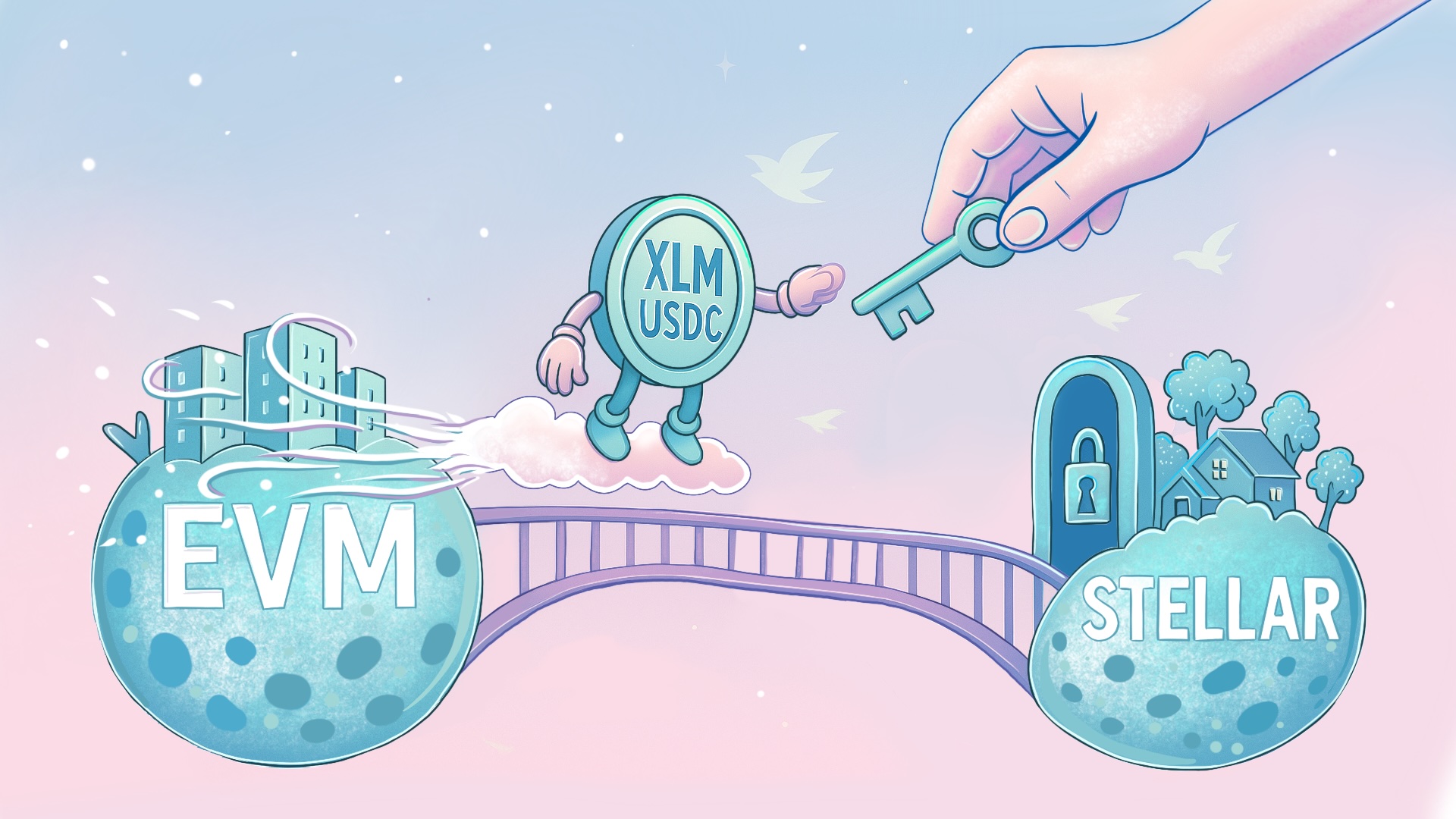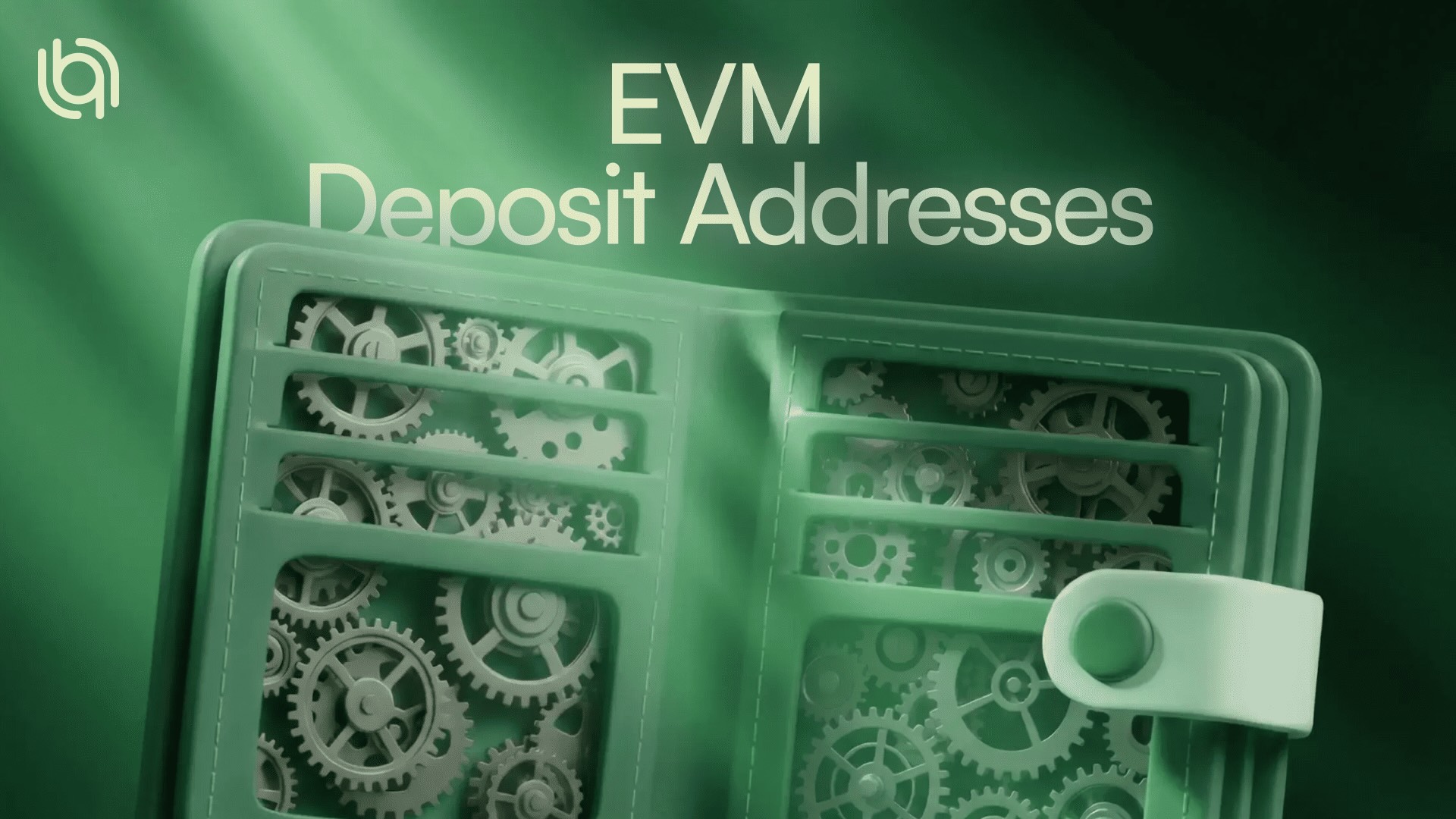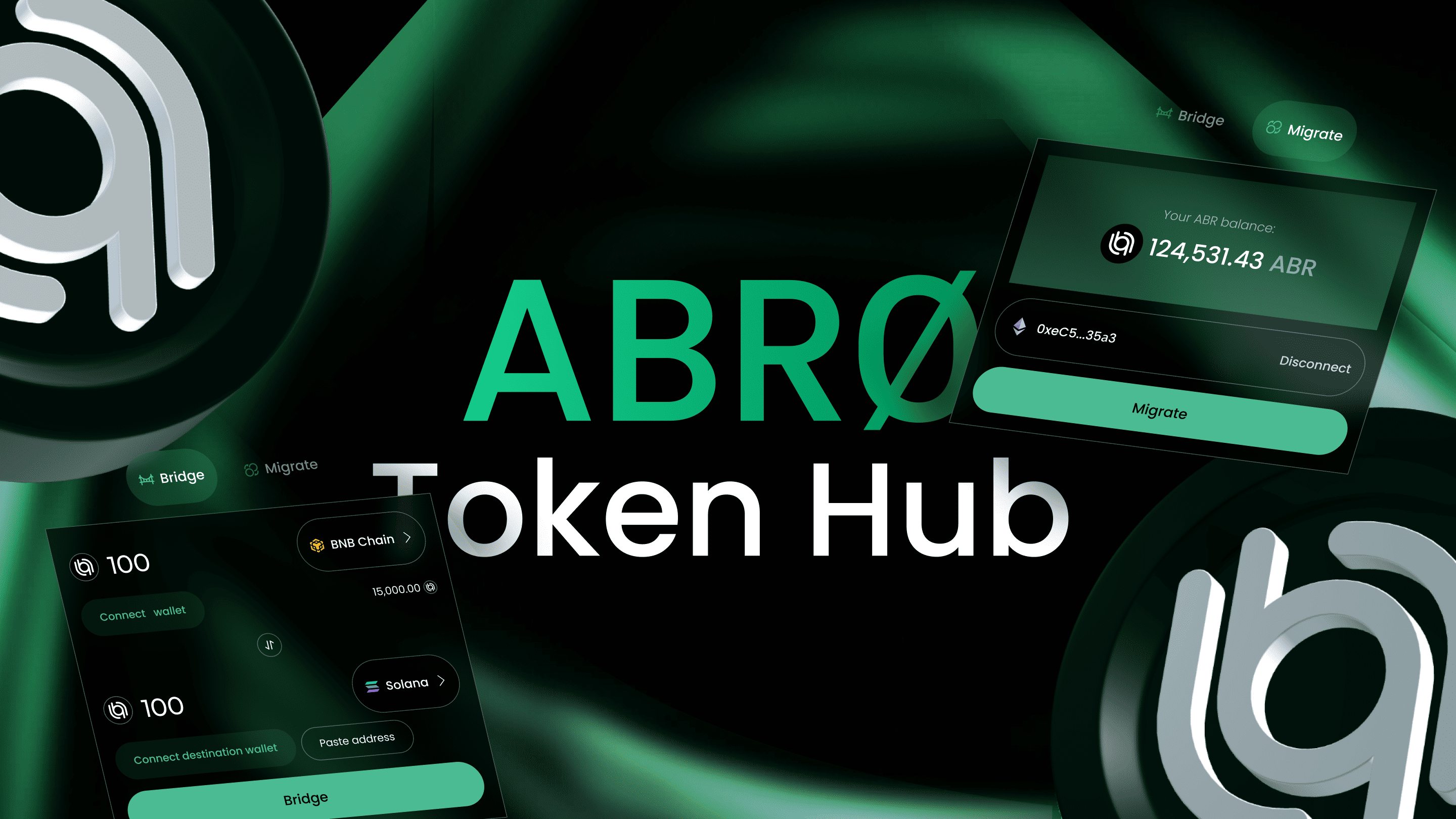Exploring Stellar: How It’s Different from EVM-Based Blockchains
You’re probably familiar with Ethereum or other networks that work in a similar way — like BNB Chain or Polygon. These EVM-based blockchains share a common structure, so tools, apps, and user experiences often feel the same across them.
But not all blockchains follow this model. Some are built differently from the ground up. While some of these networks may add features to make things feel more familiar to EVM users, the core technology often works in its own unique way. And for users bridging assets or interacting across chains, those differences can matter.
This article is part of a series focusing on non-EVM blockchains supported by Allbridge Core — specifically Solana, Tron, Stellar, and Sui. Each one has its own architecture and approach, and in this piece, we’ll take a closer look at Stellar and how it’s different from the EVM chains you might be used to.

Stellar and Soroban: A New Take on Smart Contracts
Stellar was originally designed with a clear focus: efficient token transfers and simple value exchange. This focus made it fast, low-cost, and great for payments — but it didn’t offer the kind of smart contract flexibility users might expect from EVM-based chains.
To address that, Stellar introduced Soroban — a smart contract platform built as a separate layer on top of the existing network. With Soroban, developers can now build more advanced applications like DeFi protocols, games, and — of course — decentralised cross-chain bridges like Allbridge Core.
While Soroban adds programmability to Stellar, it still works differently from the EVM model in a few key ways. One example is how contract storage is managed: data stored by contracts is persistent, but it’s subject to a storage rent model. This means developers (or users interacting with a contract) need to pay rent to keep that data accessible over time. If a contract relies on previously stored data, and it has expired or been evicted due to unpaid rent, it may need to be explicitly restored as part of the transaction.
For regular users, this isn’t something you need to worry about — Allbridge Core handles it behind the scenes when needed. But if you’re coming from an EVM background, it’s useful to know that contract behavior on Soroban isn’t quite the same as what you’re used to.
Why Does My Stellar Account Need XLM to Work?
Unlike EVM-based chains, where a wallet address can exist and receive tokens right away, Stellar accounts must be explicitly activated on-chain before they can receive any assets. This activation requires a minimum balance of 1 XLM — a built-in feature of the Stellar protocol.
This isn’t a fee in the usual sense. Instead, it’s a small amount of XLM that remains locked in the account to cover storage and prevent network spam. Without this balance, the account doesn’t exist on-chain and can’t participate in any transactions.
If you’re bridging to Stellar using Allbridge Core, the good news is: you don’t have to worry about this. When the destination address is a fresh Stellar account, Allbridge Core’s relayer automatically includes the activation step as part of the transfer. The required XLM is covered by the relayer fee, so even if you’ve never used Stellar before, the transfer will still go through smoothly.
Still, it’s helpful to understand this difference — especially if you’re creating a Stellar wallet for the first time and wondering why XLM is required at all.
Trustlines: Opting In to Hold Tokens
Unlike EVM chains, where tokens can be sent to any wallet address without prior setup, Stellar requires each account to opt in before it can hold a specific token — such as USDC. This is done by creating a trustline to that token’s issuer.
A trustline is a way of telling the Stellar network that your account accepts a particular asset. Without it, even if your wallet is activated and the address is correct, token transfers will fail — the network will simply reject them.
When bridging USDC to Stellar using Allbridge Core, the UI will prompt you to create a trustline if one doesn’t already exist. Only the account owner can perform this step, so the Allbridge relayer cannot do it for you.
If you close the app or miss the prompt, don’t worry — you can always return to the History section in the Allbridge Core interface to complete the process. Just keep in mind: your transfer won’t be finalized until the trustline is created.
Creating a trustline also requires a small amount of XLM. If you’re bridging to a brand-new Stellar account, Allbridge Core takes care of this by sending slightly more than the 1 XLM needed for activation — enough to cover the trustline creation as well.
Final Thoughts on Stellar and Allbridge Core
Stellar takes a different approach than EVM-based blockchains — with built-in support for payments, a lightweight account model, and new programmability through Soroban. While these differences can introduce a few extra steps when bridging assets, Allbridge Core is designed to make the experience as smooth as possible.
Key things to keep in mind: new accounts on Stellar need XLM to be activated, and a trustline must be created before you can receive tokens like USDC. Allbridge Core handles most of this under the hood — including sending extra XLM when bridging to a fresh account — but creating the trustline is a manual step you’ll be prompted to complete during the transfer.
Once set up, Stellar offers a fast, low-fee environment for holding and moving stablecoins. And with Soroban expanding what’s possible on the network, its role in cross-chain ecosystems like Allbridge Core will only continue to grow.



-0a4714b2-c0f8-4c92-a0ea-e47c5d800587.png)